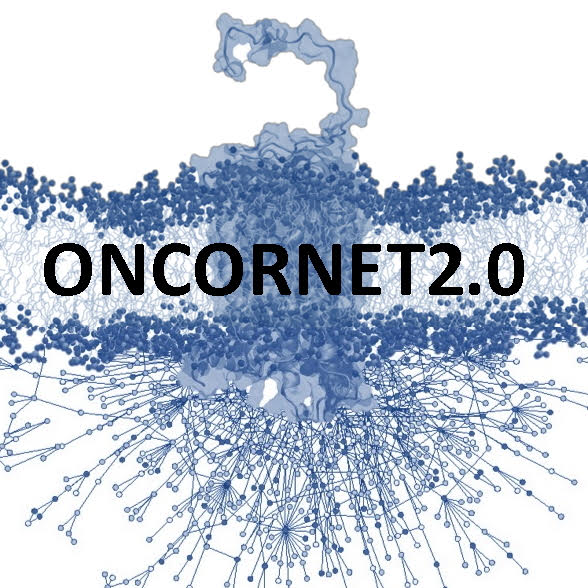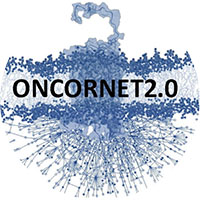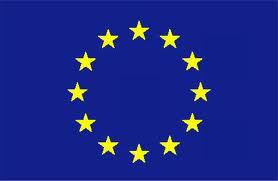Differential phosphorylation of CXCR4 and CXCR7
Early stage researcher 10 (ESR10) project – Aurelien Zarca
Supervision: Prof MJ Smit, Dr M Siderius, Dr H Vischer, Prof R Leurs
Host: VU (NL) – VU University Amsterdam, Dept. of Medicinal Chemistry
I- Project proposal:
Aim:
1. Delineate ligand (in)dependent CXCR4 and CXCR7 phosphorylation profiles.
2. Determine kinases involved in CXCR4 and CXCR7 phosphorylation.
3. Define functional consequences of differential CXCR4 and CXCR7 phosphorylation in distinct cancer cell types.
Methodology:
To study the role of CXCR4 and CXCR7 phosphorylation, receptor mutants and phosphospecific antibodies will be used and/or generated. To identify the kinases involved FRET/BRET and gene silencing experiments will be performed. The functional consequences of differential phosphorylation in various cancer cell lines will be explored by focussing on receptor desensitization/trafficking using confocal fluorescence microscopy and automated high content screening and signalling to multiple intracellular pathways (bias).
Planned secondments: arGEN-X (BE), UWUE (DE), Vivia Biosystems (ES)
II- Requirement candidate:
Required diploma: MSc degree in molecular/biomedical Life Sciences, Pharmaceutical Sciences or related Life Science degree.
Required expertise: cell culture, cell-based assays, biochemistry, molecular biology. Recommended expertise: GPCR molecular pharmacology, chemokine biology, imaging, FRET/BRET based signalling, radioligand binding, oncogenic assays.
Key publications:
1. Maussang D, et al, Smit MJ (2013) Llama-derived single variable domains (Nanobodies) directed against CXCR7 reduce head and neck cancer cell growth in vivo. J Biol Chem 288: 29562-72.
2. Canals M, Scholten DJ, de Munnik S, Han MK, Smit MJ, Leurs R (2012) Ubiquitination of CXCR7 controls receptor trafficking. PLoS One. 7:e34192.
3. Watts AO, Verkaar F, van der Lee MM, Timmerman CA, Kuijer M, van Offenbeek J, van Lith LH, Smit MJ, Leurs R, Zaman GJ, Vischer HF (2013) β-Arrestin recruitment and G protein signaling by the atypical human chemokine decoy receptor CCX-CKR. J Biol Chem 288:7169-81.
4. Jähnichen S et al Smit MJ (2010) CXCR4 nanobodies (VHH-based single variable domains) potently inhibit chemotaxis and HIV-1 replication and mobilize stem cells. Proc Natl Acad Sci USA. 107: 20565.
Follow us on
Contact details
Please contact us at:
e.v.langemeijer@vu.nl
ONCORNET Coordinator
Vrije Universiteit Amsterdam




